-
 © Hyundai
© Hyundai -
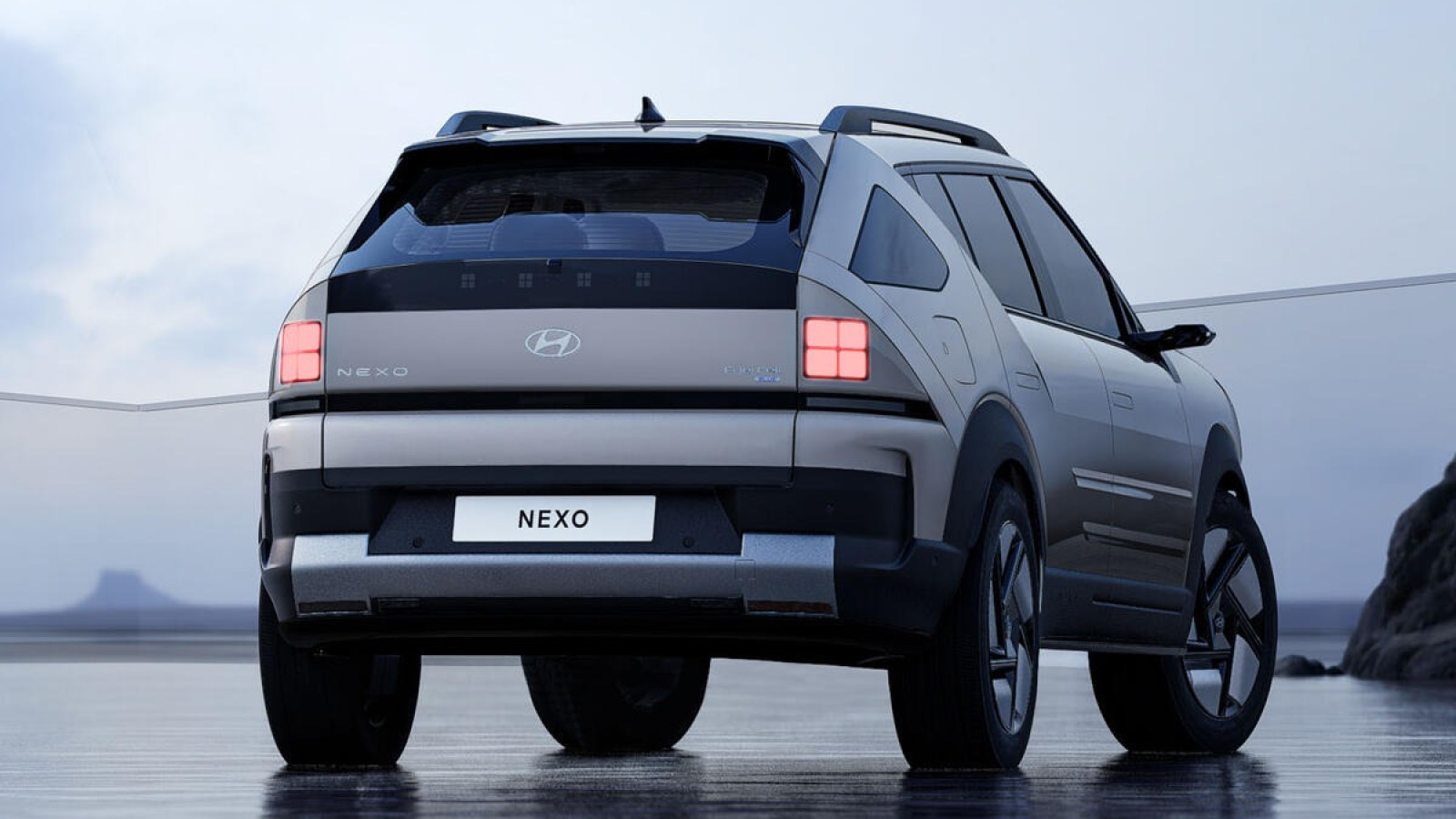 © Hyundai
© Hyundai -
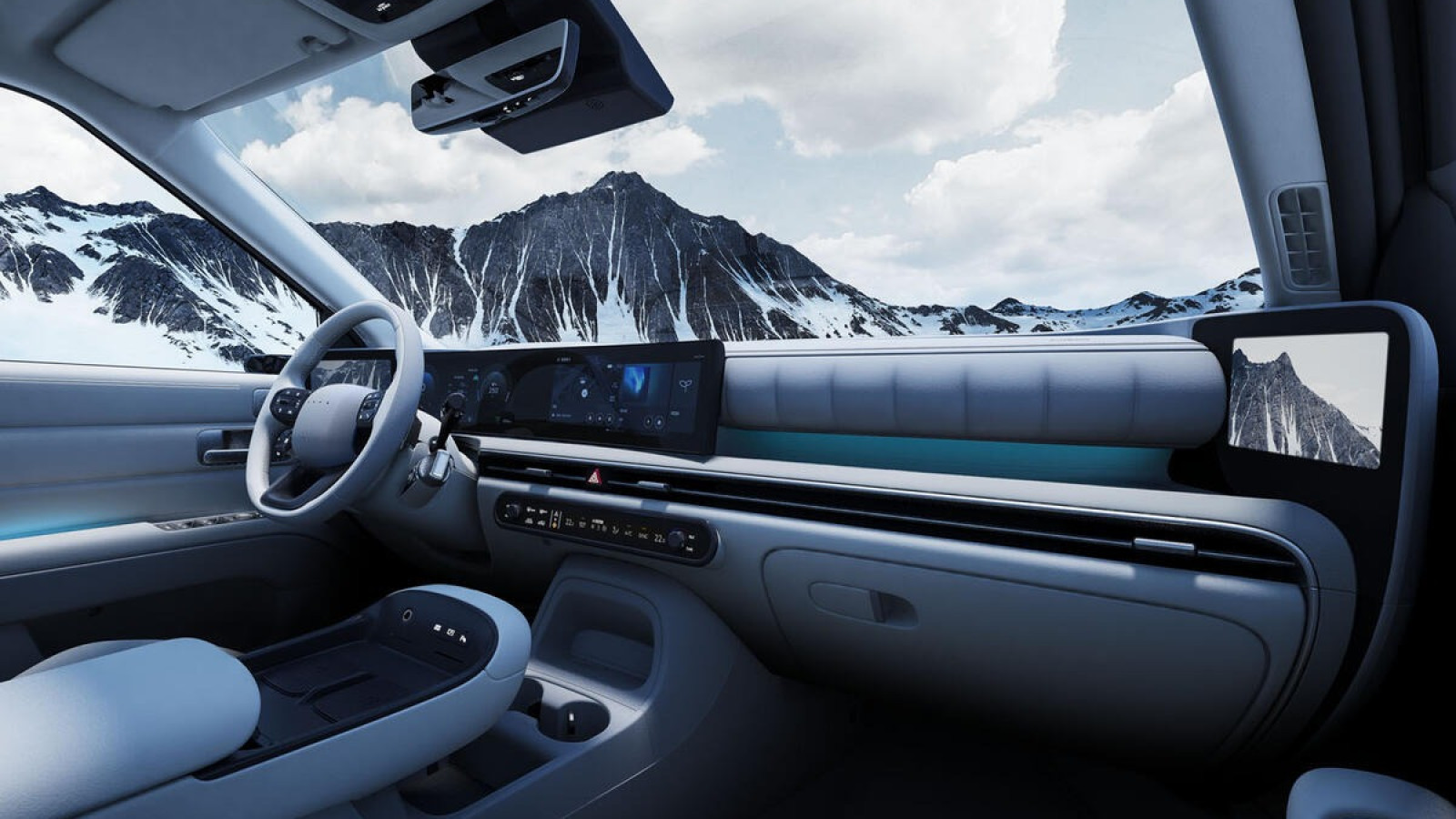 © Hyundai
© Hyundai -
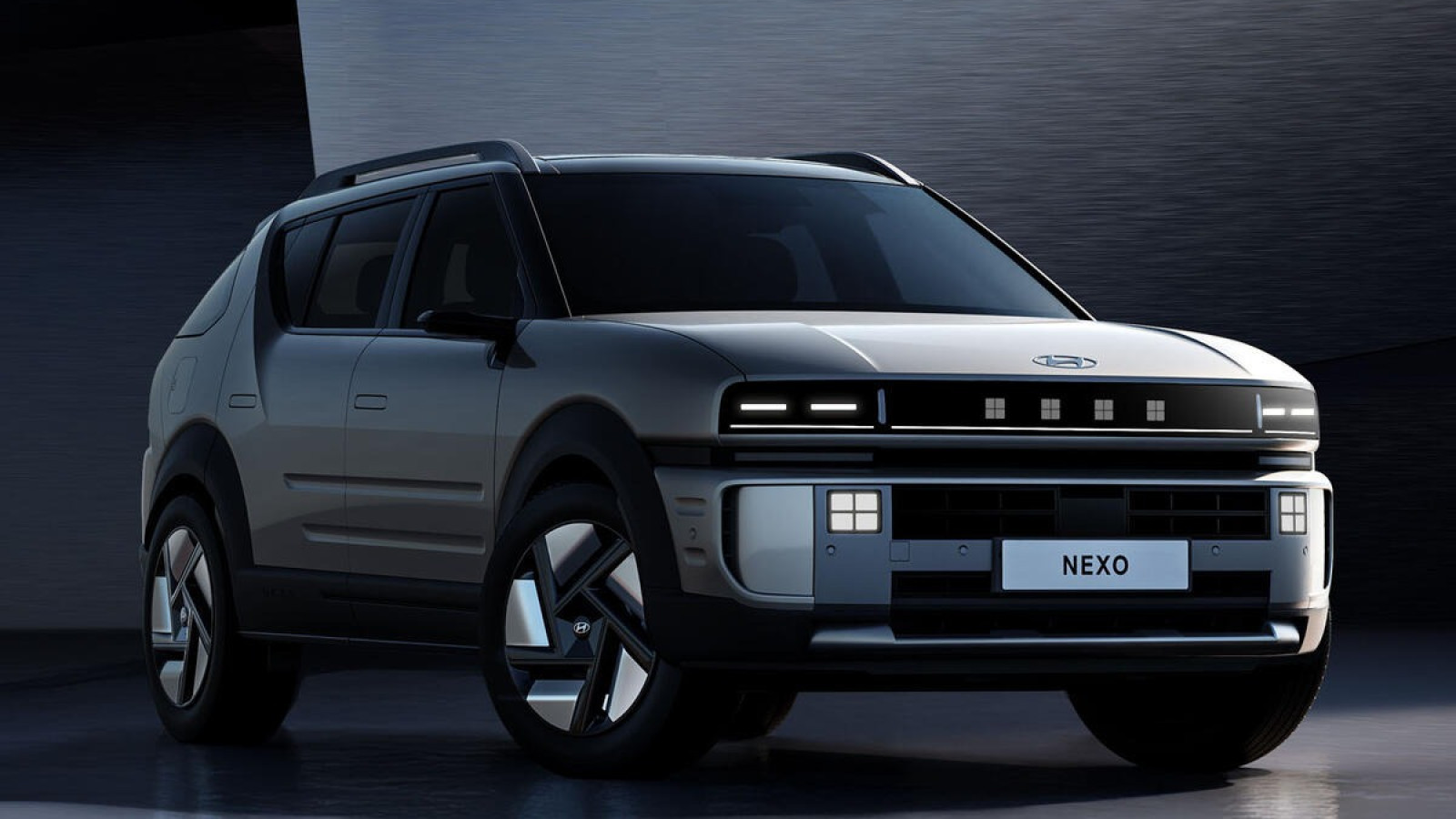 © Hyundai
© Hyundai -
 © Haymarket Media
© Haymarket Media -
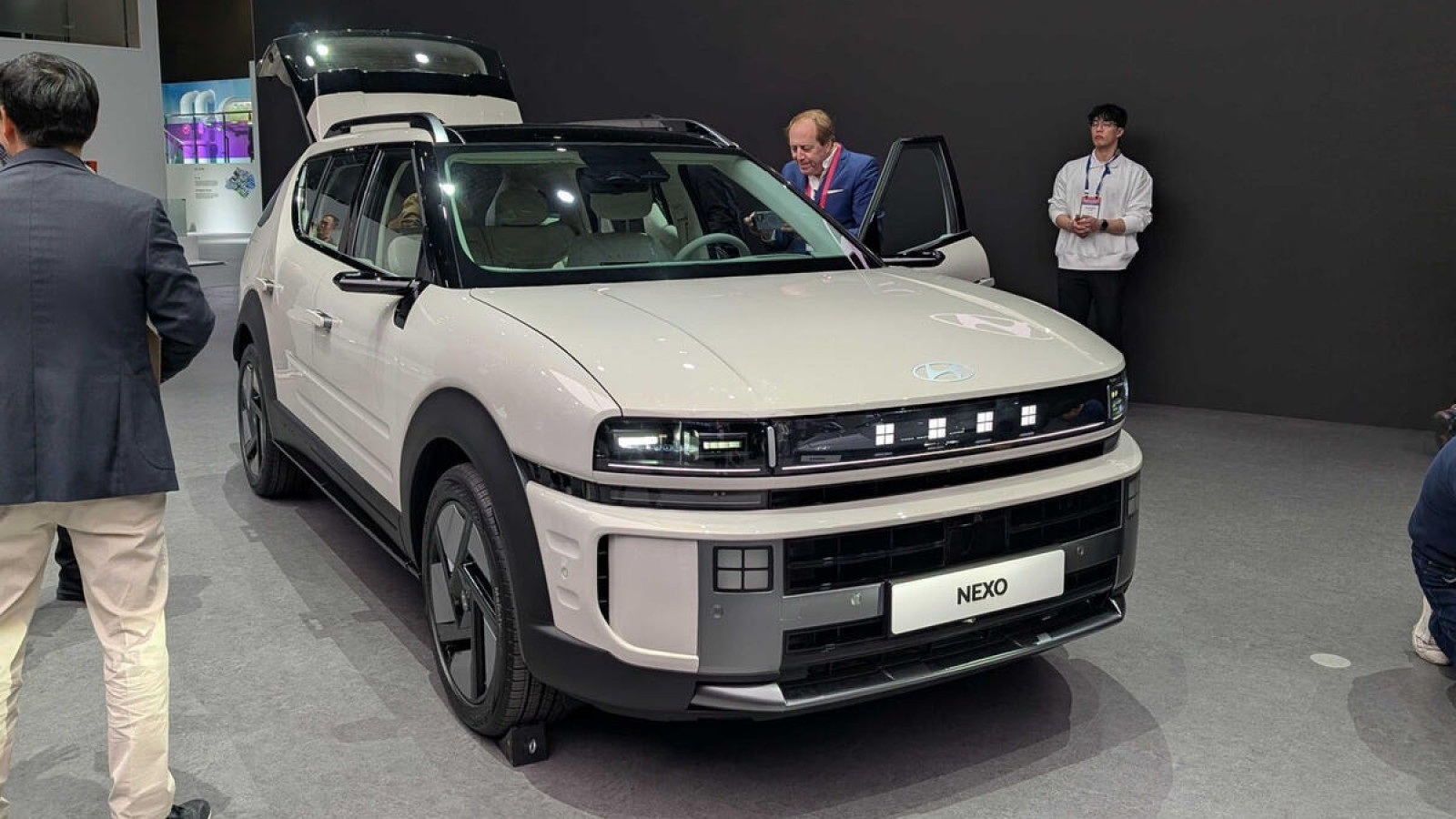 © Haymarket Media
© Haymarket Media -
 © Hyundai
© Hyundai -
 © Hyundai
© Hyundai -
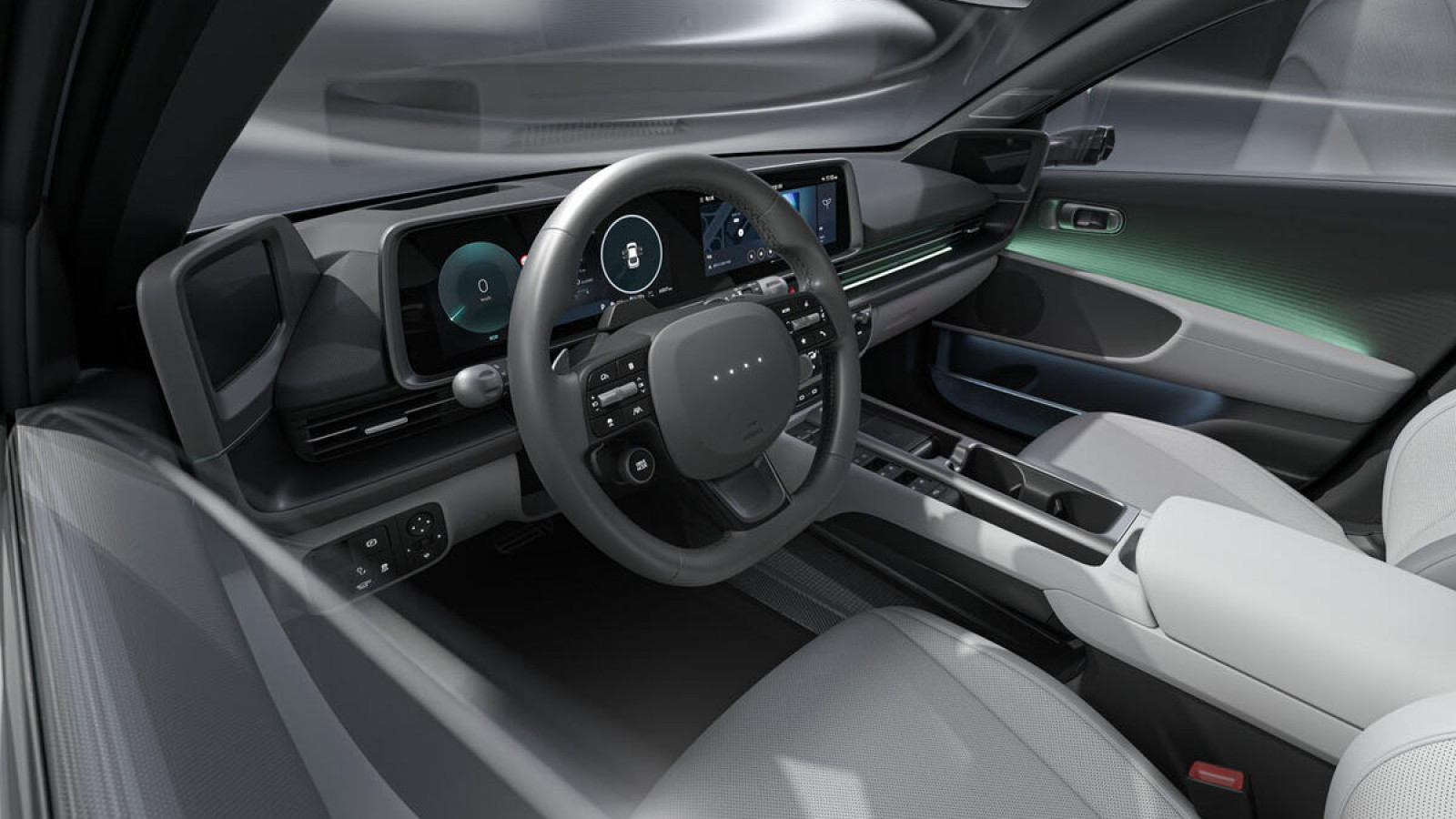 © Hyundai
© Hyundai -
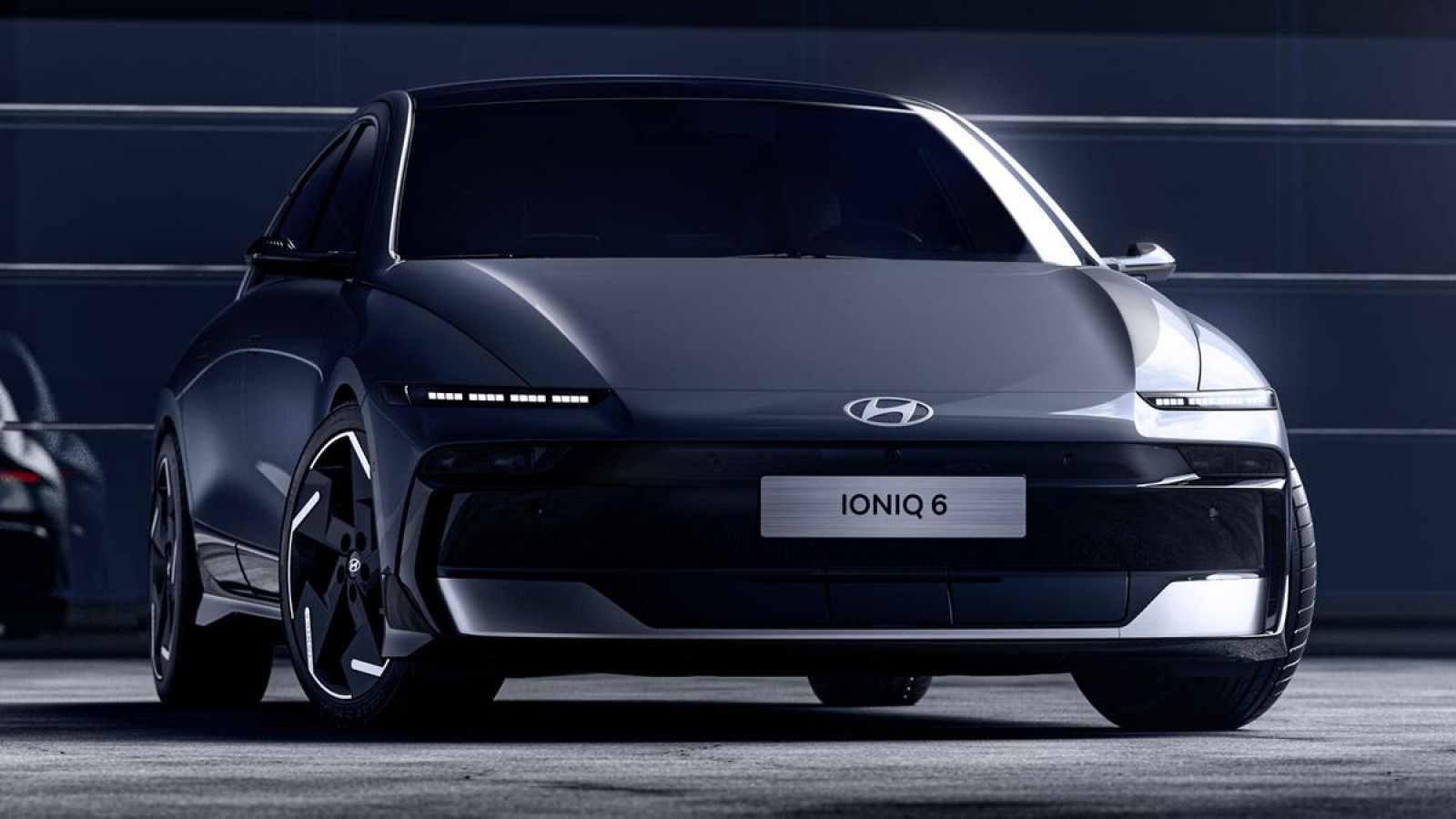 © Hyundai
© Hyundai -
 © Haymarket Media
© Haymarket Media -
 © Haymarket Media
© Haymarket Media -
 © Haymarket Media
© Haymarket Media -
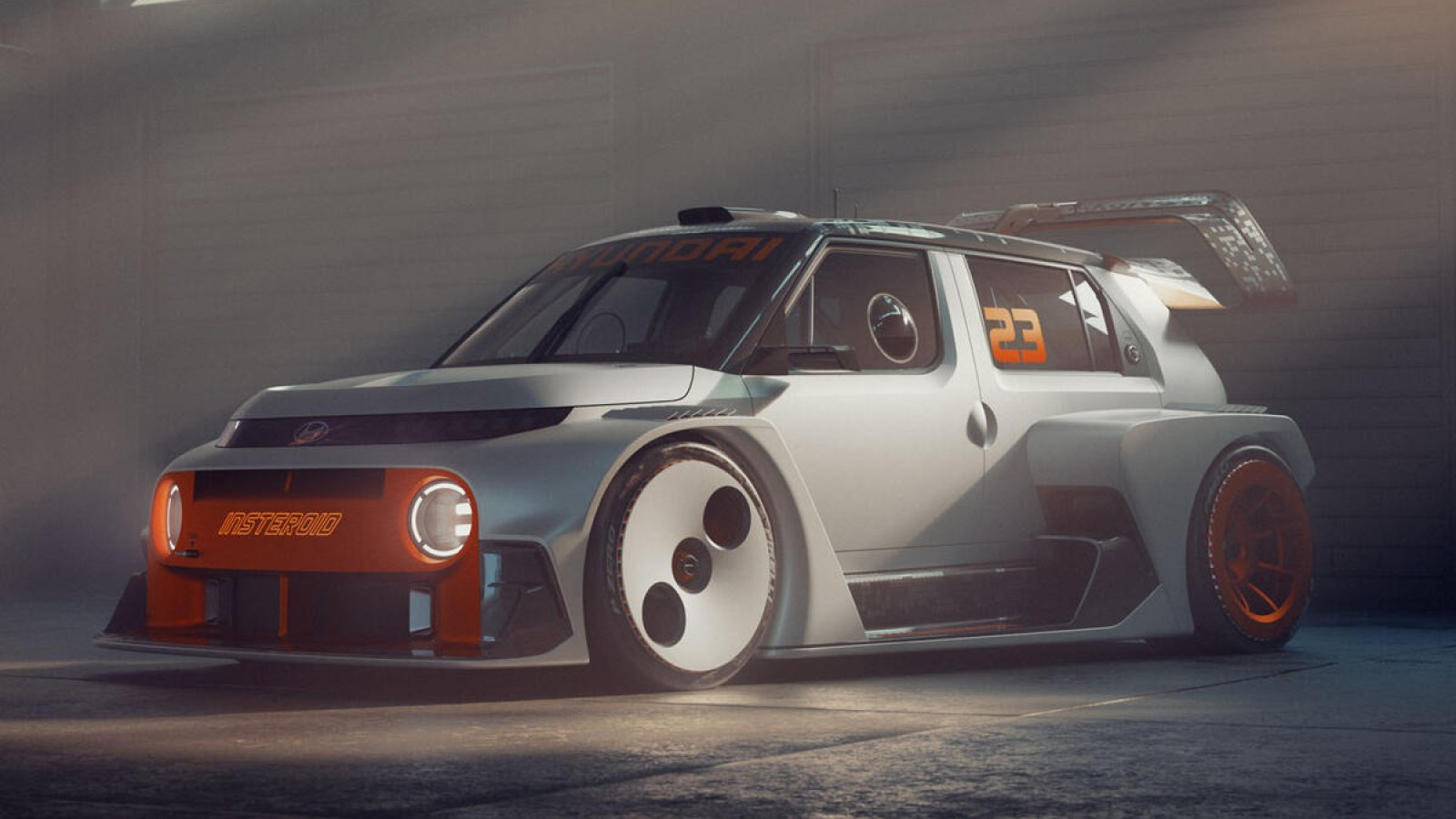 © Hyundai
© Hyundai -
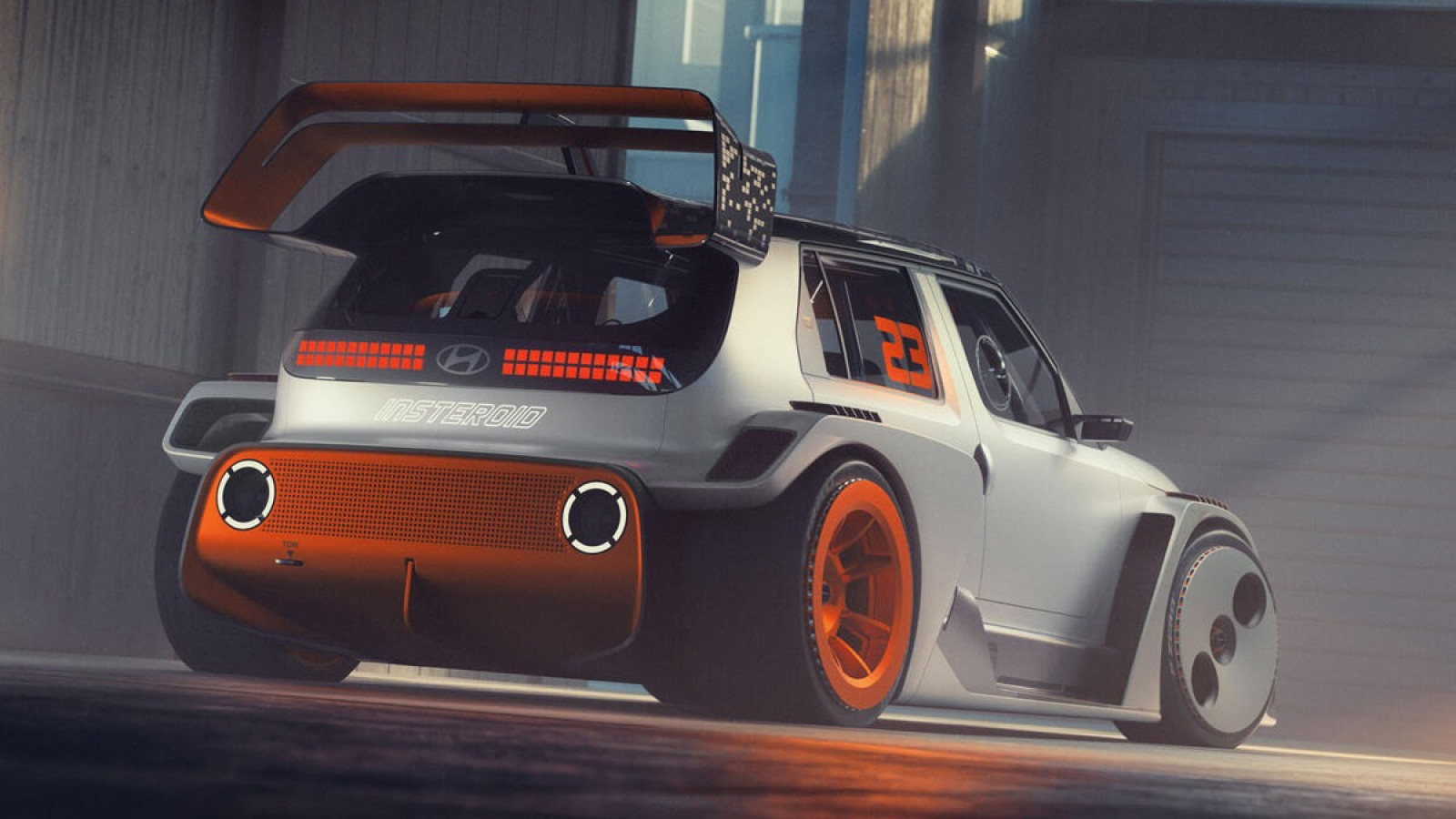 © Hyundai
© Hyundai -
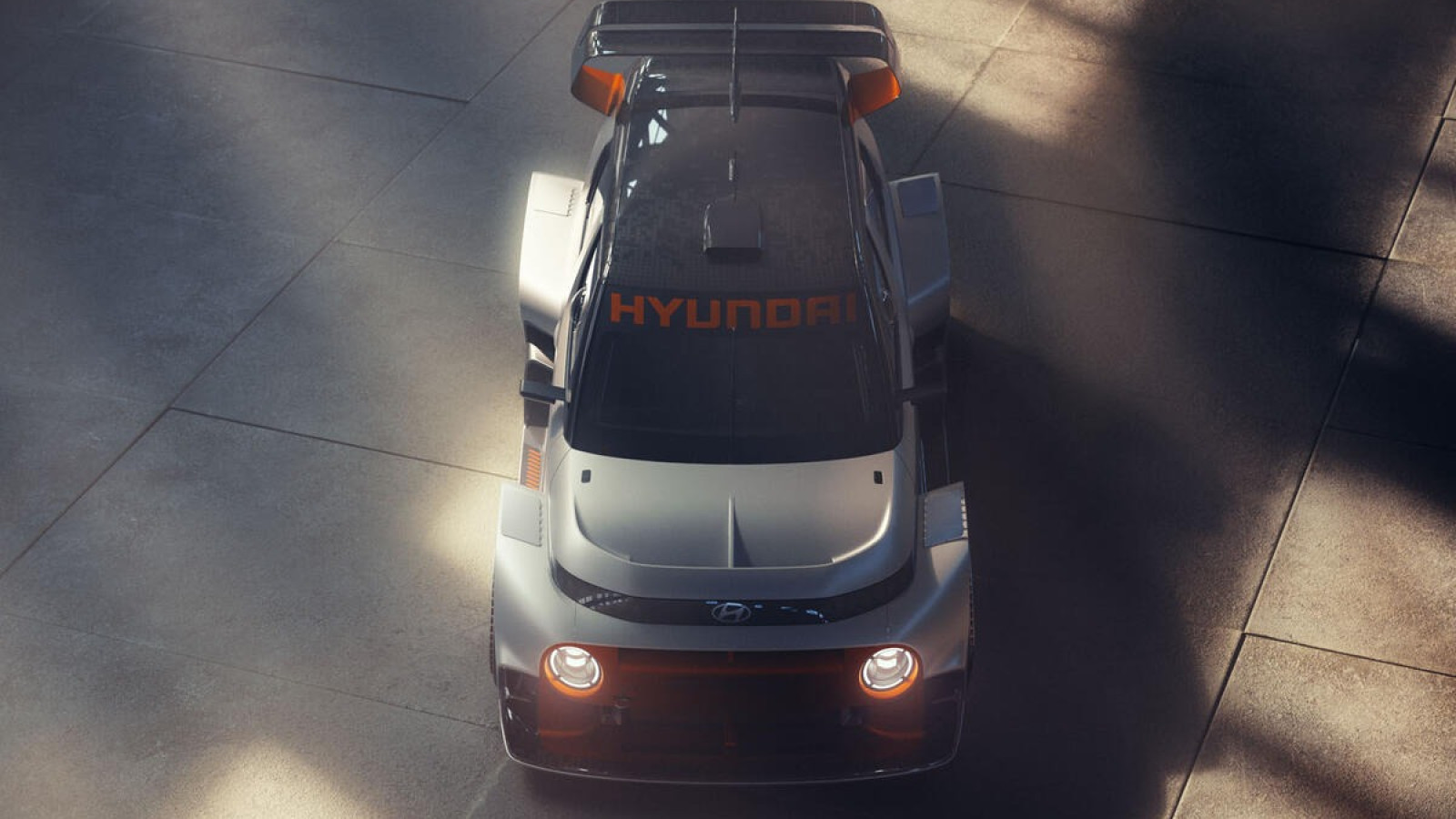 © Hyundai
© Hyundai -
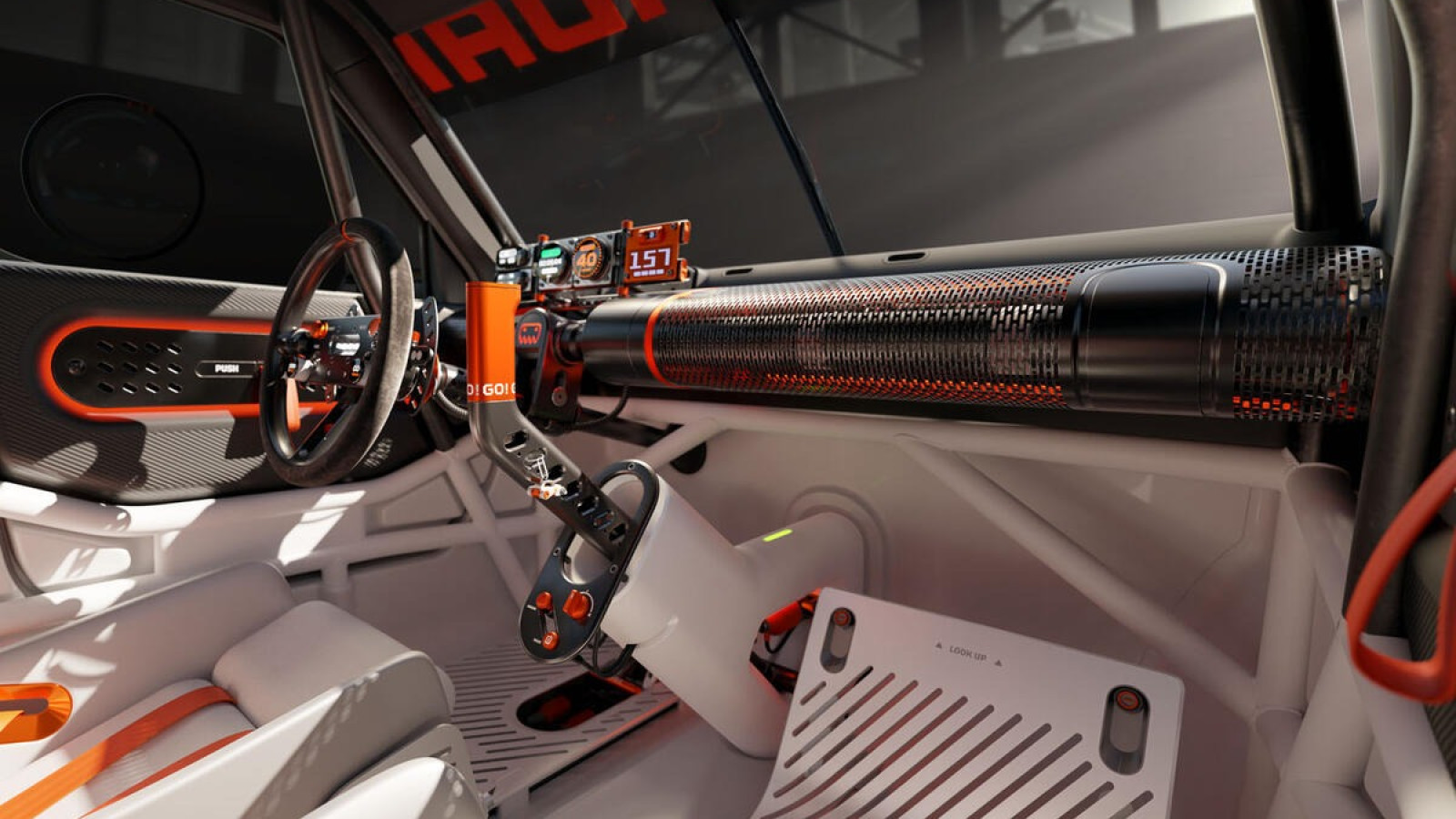 © Hyundai
© Hyundai -
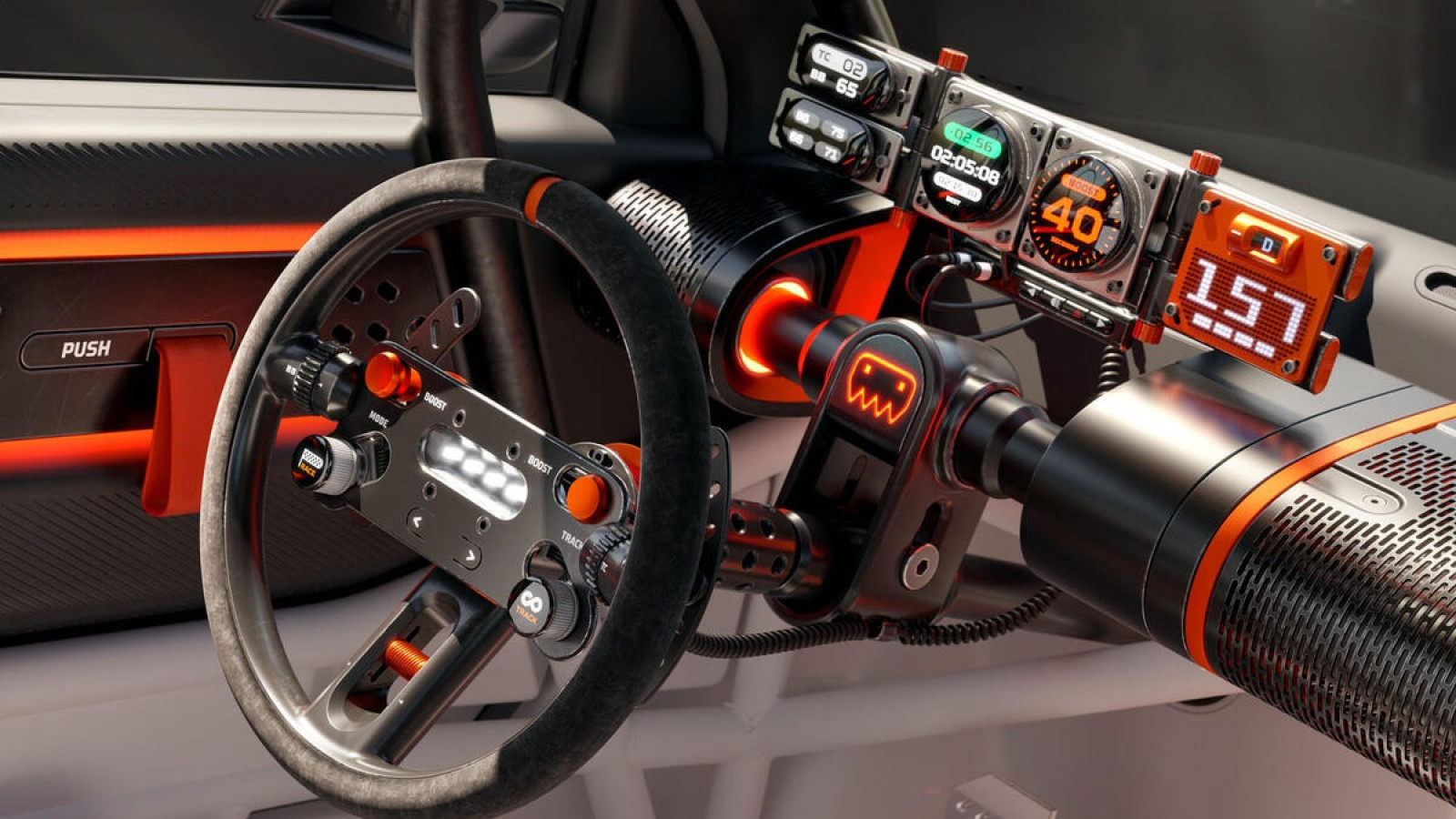 © Hyundai
© Hyundai -
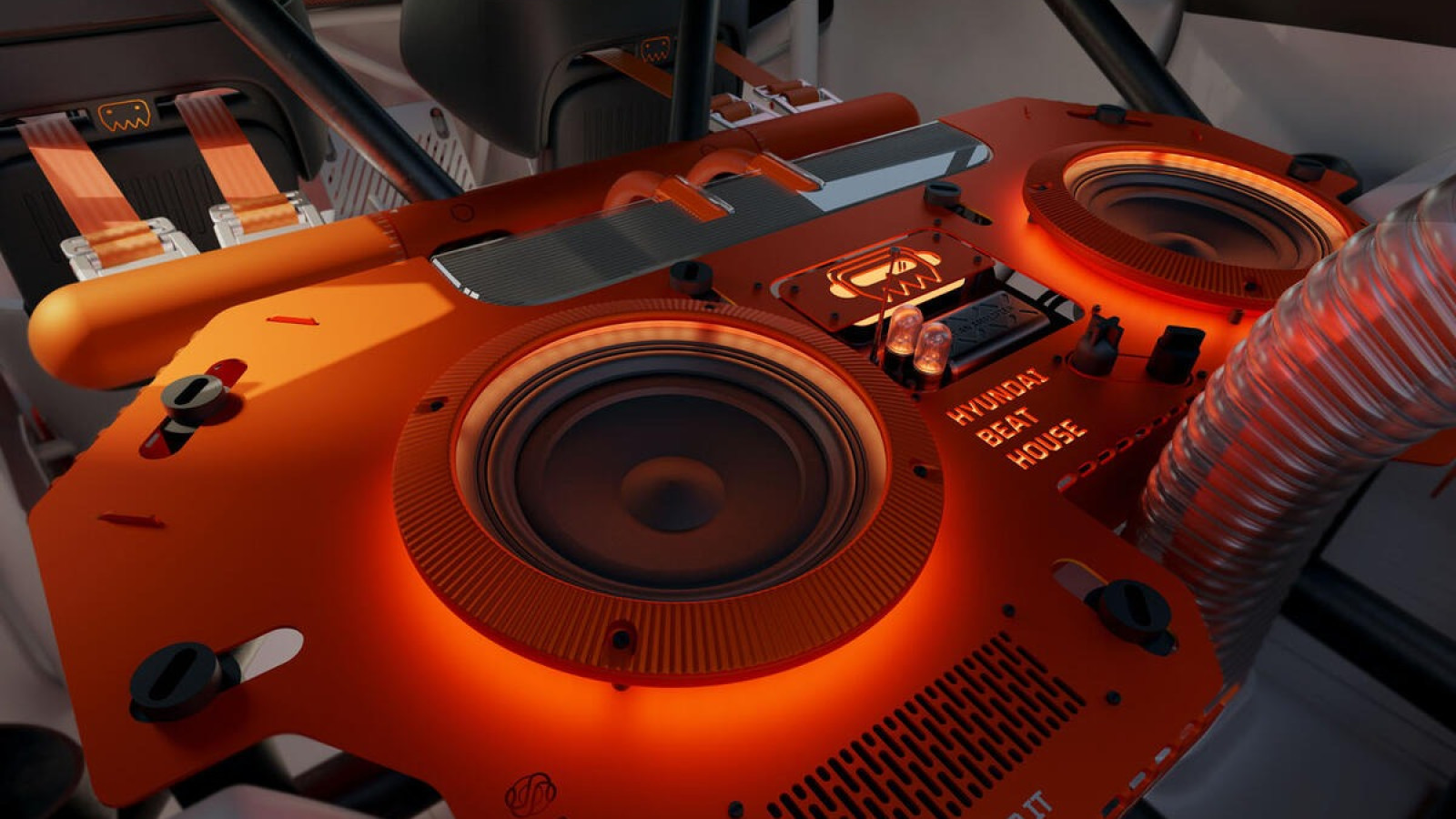 © Hyundai
© Hyundai -
 © Hyundai
© Hyundai
-
Hyundai has had a busy last few days at the Seoul motor show, and our sister title Autocar has been reporting the action live.
Read on to hear more about its latest and greatest hydrogen offering, updated flagship electric saloon, and race-ready Inster city car.
-
Hyundai has reaffirmed its commitment to hydrogen-powered cars, revealing the second generation of its Nexo fuel-cell SUV.
Based on the Initium concept car shown last year, it introduces a new design language dubbed Art of Steel, which will distinguish the brand’s future FCEVs from their battery-electric and combustion-engined counterparts.
Details reserved for Hyundai’s new hydrogen cars include the new Nexo’s grid-shaped “H-two” front and rear lights, as well as H-shaped surfaces on the front and rear bumpers. The latter are finished in a flat silver shade, highlighting them against the colour of the car’s flat-black body cladding.
-
As well as looking radically different to its predecessor, the new Nexo is a longer, taller and wider car, repositioning it as an alternative to battery-powered EVs such as the BMW iX3 and Tesla Model Y.
Hyundai said this – combined with a slimmer seat design – means there is now room for second-row passengers in every sense, from headroom down to legroom.
The Nexo also receives the same ‘connected cockpit’ dashboard as the Ioniq 5 featuring a pair of 12.3in displays: one for instrumentation, and the other an infotainment touchscreen. To boot, the car’s traditional mirrors are replaced with cameras (displayed on large screens on either flank of the dashboard).
-
Under the skin, the second-generation Nexo brings a completely reworked powertrain. Its fuel cell stack’s electrical output has been increased by 16%, to 110kW. Hyundai said it is also more durable and operates over a wider range of temperatures. Meanwhile, the battery’s maximum output has doubled, now delivering up to 80kW.
Such developments allowed the fitment of a 150kW (204hp) electric motor, significantly punchier than the previous car’s 120kW (163hp) unit. This cuts its 0-100km/h (0-62mph) sprint time down from 9.2sec to 7.8sec.
In addition, the car’s hydrogen tank capacity has grown from 6.33kg to 6.69kg which, in combination with the new and more efficient powertrain, boosts its range to more than 700km (435 miles) per fill-up.
-
There is also vehicle-to-load capacity, allowing the Nexo to connect to external devices and effectively act as a hydrogen-powered generator.
Hyundai said the new car is due to come to “global markets this year”, but it has yet to commit to all markets. Autocar understands it sold fewer than 50 examples of the previous Nexo in the UK between 2019 and 2022, and the nation’s filling infrastructure has thinned significantly since then. According to UK H2 Mobility, there are currently four hydrogen filling stations for light vehicles across the entire UK.
However, previous CEO Jaehoon Chang (now vice-chair of the Hyundai Motor Group) said last year that hydrogen cars were a “chicken and egg” issue, on which the brand planned to lead the charge.
This suggests the car could be offered in a wide range of markets, in spite of low sales and weak infrastructure.
-
The Hyundai Ioniq 6 has lost its prominent ducktail rear wing and gained a sporty new N Line variant as part of an early facelift.
Less than three years after it was revealed, the rakish electric saloon has been redesigned with influence from 2022's race-inspired RN22e concept car, which itself previewed the hot Ioniq 6 N, due to be revealed this summer.
-
Revealed at the Seoul motor show in Korea, the new Ioniq 6 is said to feature "more refined curves and enhanced proportions for a sleek and beautifully balanced silhouette".
In keeping with its billing as what Hyundai calls an "electric streamliner", its swooping, wind-cheating proportions are broadly unchanged, but the bonnet's profile has been raised and now leads into a sharper, "shark-nose" front end with a prominent splitter that "appears to slice through the air".
-
Meanwhile, the headlights have been swapped for much slimmer LED items with a pixel motif – matching the newer Ioniq 9 SUV – and the lower body is now finished in black to emphasise the car's aerodynamically optimised silhouette.
The rear end has been heavily reworked too, with the addition of a chrome-trimmed rear bumper and the removal of the prominent ducktail rear wing in favour of a subtler extended boot lip designed to "maintain aerodynamic performance while achieving a smoother, more refined silhouette".
-
Speaking to Autocar at the Seoul motor show, Simon Loasby, vice president of Hyundai styling, said: "We look at it now and we’re like ‘why didn’t we do that before?’. Time sometimes helps you and then it looks as though it always looked like this, because that’s how it should’ve looked."
-
Asked why they removed the spoiler, Loasby added: "We spoke with the aero guys and they suggested having one spoiler instead of two and making the ducktail bigger [to increase efficiency]. You get that simplicity for the big duck, it just purifies it.”
-
Changes to the cabin are more subtle, but there's a lightly redesigned steering wheel, as seen in the Ioniq 9, and the centre console controls have been rearranged to improve ease of use. New door trim materials and a larger climate control display round off the updates.
Joining the range as part of this facelift is the Ioniq 6 N Line, which takes styling influence from Hyundai's N performance cars and is marked out by its more aggressive front end, sports-style wheels and contrasting black details.
-
Technically, the Ioniq 6 is unchanged, keeping a 77.4kWh battery and either a 170kW (228hp) rear motor or a 240kW (324hp) dual-motor set-up.
Maximum range was 546km (339 miles), but it's unclear whether the design tweaks have impacted this. Charging speeds max out at 233kW.
-
Hyundai hasn't yet given any indication of a UK launch date for the new-look Ioniq 6, nor any word on pricing, but it's expected in showrooms in the next few months at a small premium over the current 44,000 euros (£47,000 in the UK).
-
Hyundai has reimagined its new Inster small electric car as a futuristic hot hatch with aggressive styling and a stripped-out interior, taking inspiration from video gaming.
Named a portmanteau of 'Inster' and ‘steroid’, the Insteroid follows last year’s RN24 Concept, which was described as a ‘rolling lab’ for future hot Hyundai EVs.
-
It wears a wide-hipped, box-arched bodykit, a roof scoop and a huge rear wing, mimicking the look of Hyundai’s World Rally Championship machines.
Inside, the Insteroid is stripped out and fitted with deep-set bucket seats, a roll cage and a hydraulic-style handbrake, hinting at the car’s performance intent.
-
It isn’t strictly business, however: it’s fitted with a bulky ‘Beat House’ sound system, complete with a tube-style amplifier, and there are a number of Space Invader-style aliens placed in view of key touchpoints.
Hyundai has yet to publish technical details for the Insteroid, but the RN24 uses a 480kW (650hp) dual-motor set-up borrowed from the Ioniq 5 N. That allows the 1880kg drift car to dispatch the 0-100km/h (0-62mph) sprint in 3.4sec, while its 84kWh battery yields 447km (278 miles) of range.
-
“The Insteroid represents a modern take on the idea of a dream car,” said Eduardo Ramírez, chief designer for Hyundai Europe. “It is designed to inspire and create enthusiasm.”
Although Hyundai officially states the Insteroid is conceptual, its existence (like that of the RN24) suggests there's an appetite within the company to produce a hot version of its smallest EV.
-
Indeed, Hyundai acknowledges that the “Insteroid is another step in the hot-selling production model’s journey”, following the beefed-up Inster Cross that’s due to arrive in dealers shortly.
-
Hyundai product planning boss Paolo Gnerro last year told Autocar that further variants of the Inster would be considered “in the life cycle” of the model – but also that any such models would need to be demanded by customers.
-
Gnerro said: “To be honest, I am a car enthusiast. Whatever comes which is adding a bit more spice, not only in terms of sportiness but in abilities, I like it. [But I am] not the market: the market is king and we need to see what is going to happen."
